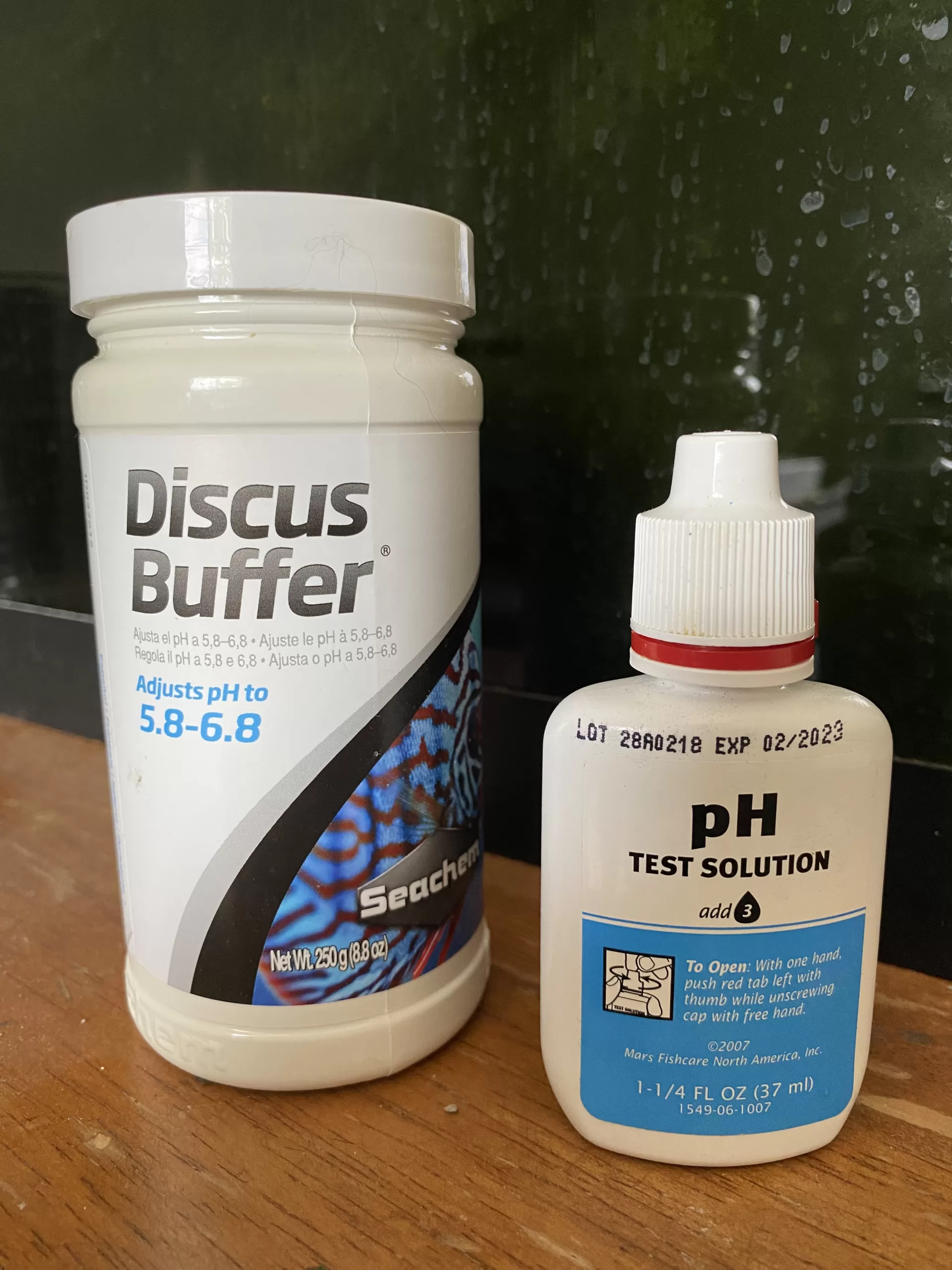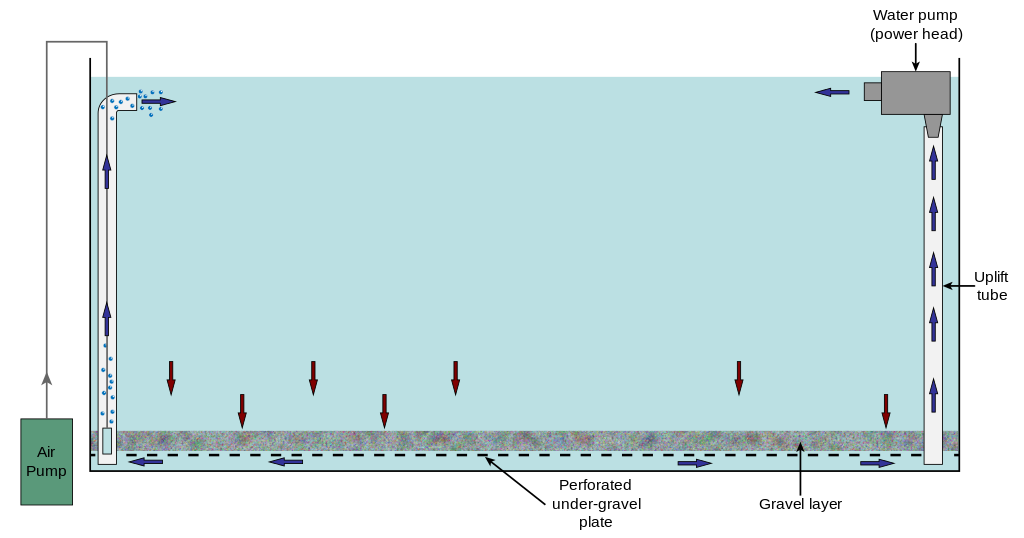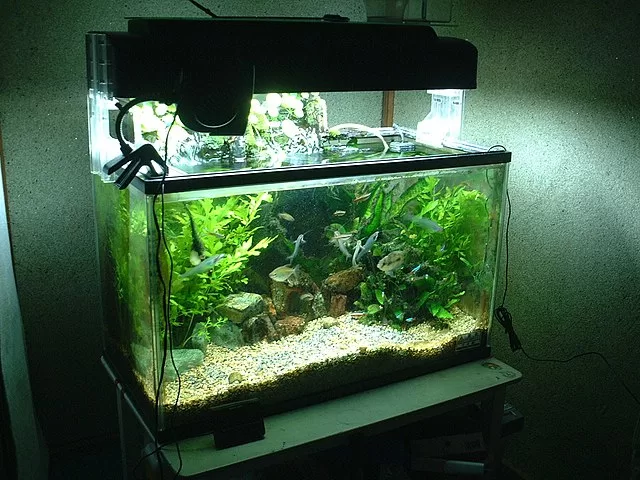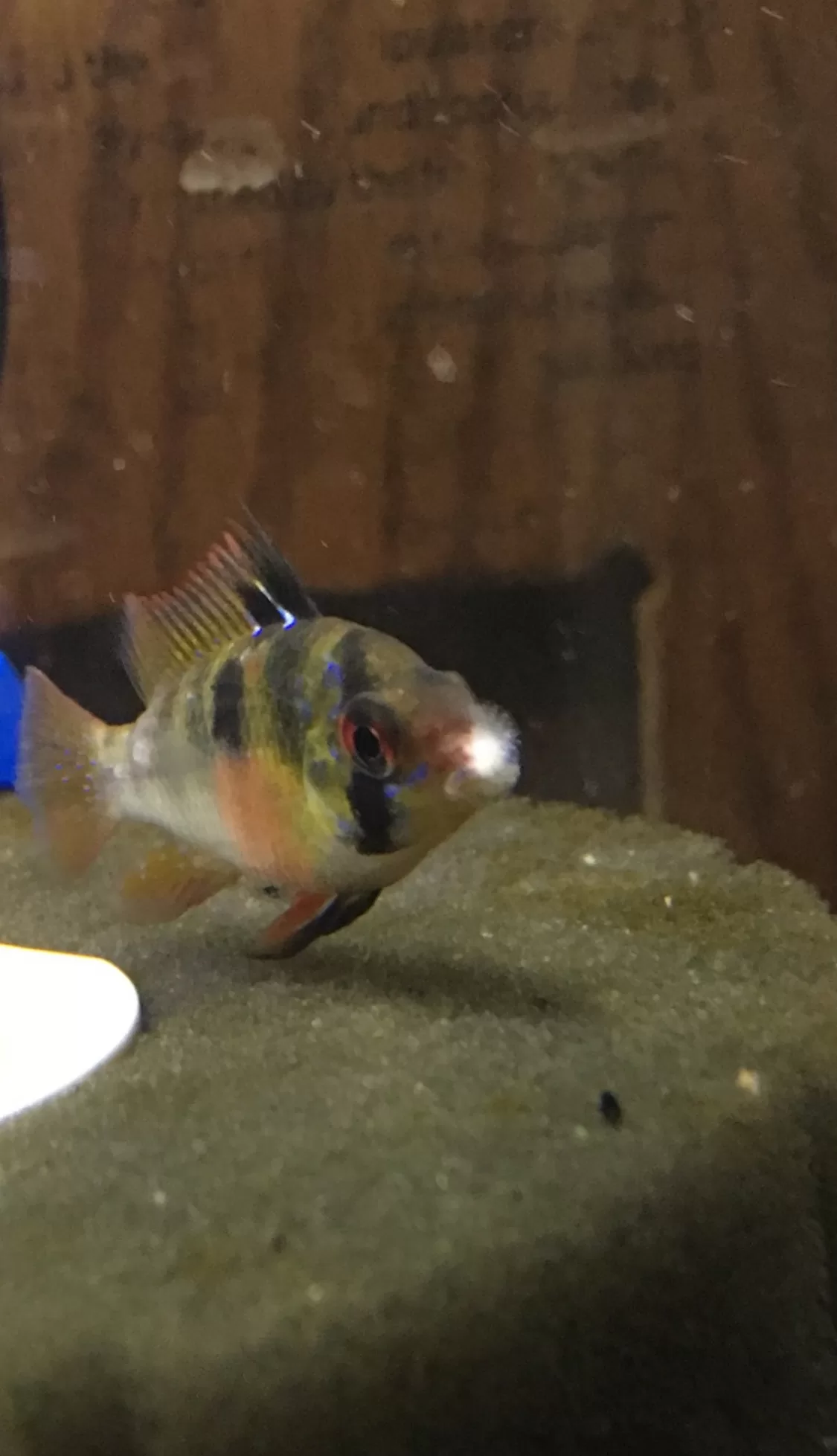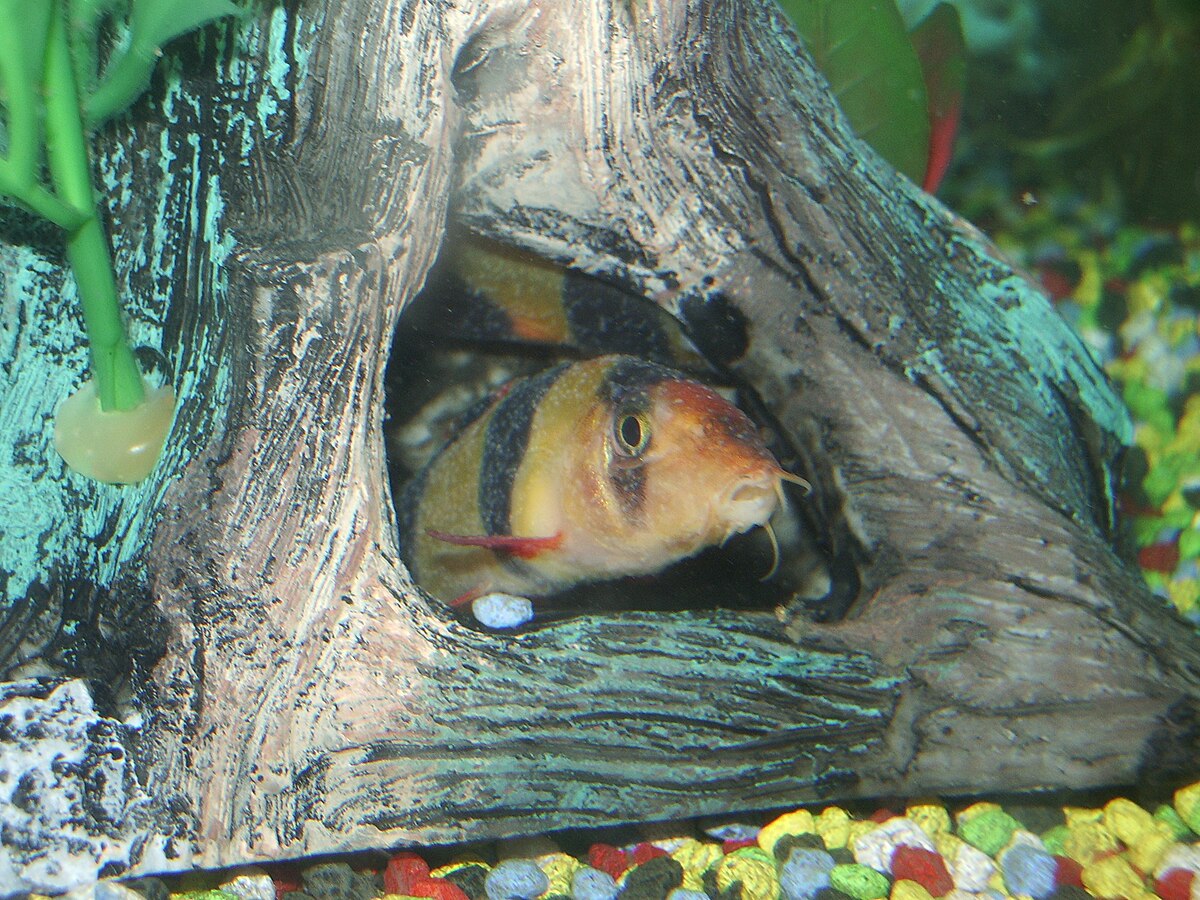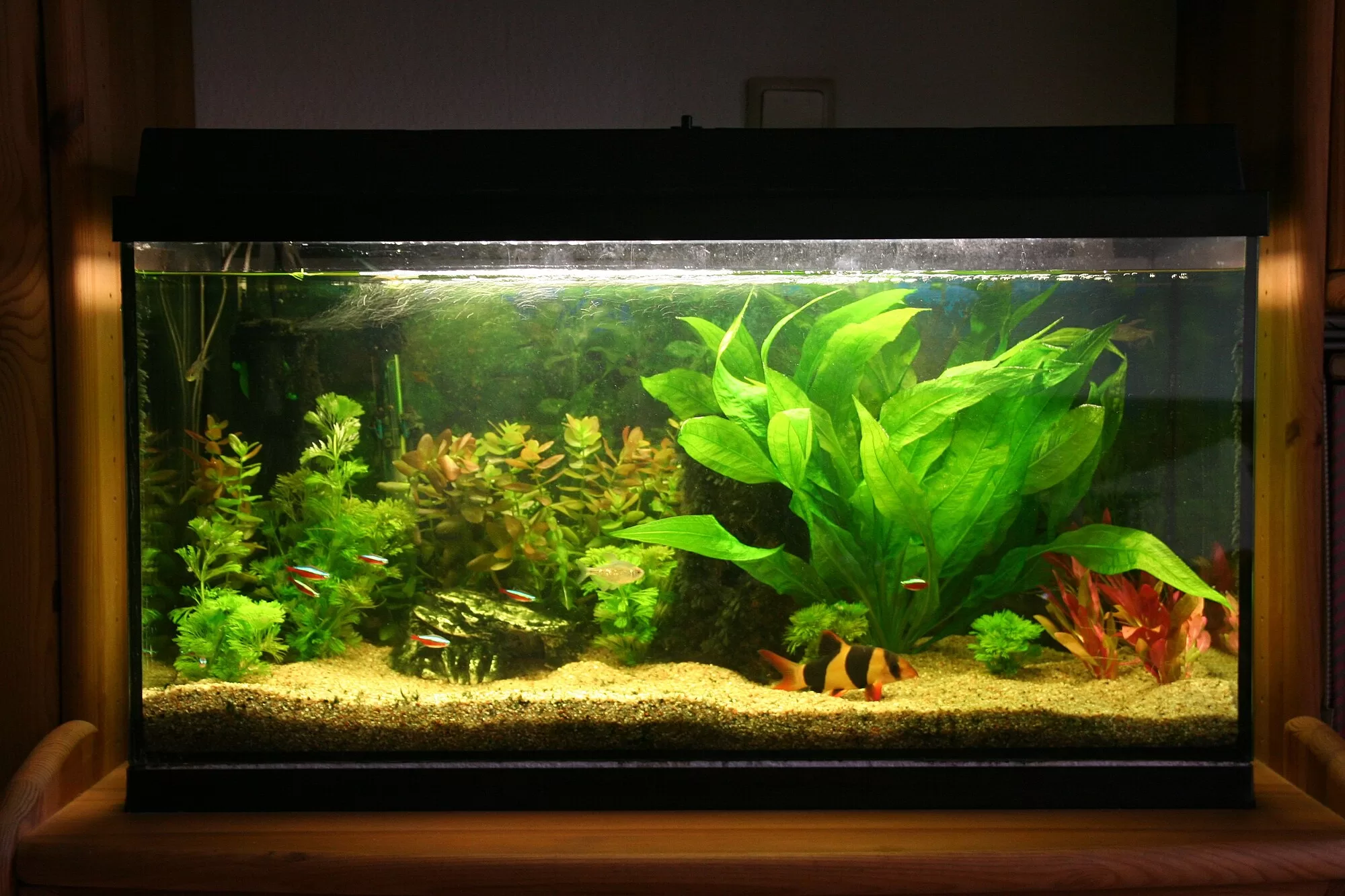While I recommend under most circumstances to leave your pH alone, there are certain reasons why you might need to adjust your pH up or down. In this article, we’ll go over the scenarios in which you might need to adjust your pH, as well as how to properly adjust your pH to prevent issues.
Why You Might Raise or Lower pH
1. Species-Specific Requirements: Different species might prefer total opposite pH levels:
- Acidic Water (pH 6.0-6.5): Certain fish that like acidic water will be pretty much any fish from the Amazon River, including Tetras, Angelfish, Corydoras, and various South American cichlids.
- Neutral to Alkaline Water (pH 7.0-8.5): Some species like a neutral or alkaline pH, including most livebearers like Guppies and Mollies, as well as African Cichlids.
2. Health and Stress:
If your pH is the total opposite of what a certain species prefers, you might run into health issues and stress. This is mostly true for wild-caught fish rather than captive-bred fish you buy from a store that came from a farm.
3. Plant Growth:
Personally, I find that the number one reason that changing your pH might be necessary is not because of fish, but because of plants. A lot of aquatic plants (and non-aquatic plants for that matter) prefer acidic water and simply don’t do well at a high pH. This usually comes down to the fact that certain key nutrients like iron are unavailable to the plant at high pH. This is one reason that injected CO2 is beneficial.
4. pH Extremes:
If your pH is extremely high, like 8.6+, and you keep fish that prefer neutral or acidic water, it’s probably a good idea to lower your pH because they will be able to perform osmosis more efficiently.
On the other hand, if your pH is hanging around the low 6’s or below, the main concern will be your cycle. At a pH of 6 and below, nitrifying bacteria stop converting harmful substances like ammonia into nitrite, and then into nitrate. This causes ammonia to build up. So in this scenario, you should raise your pH to at least 6.5.
How to Adjust Aquarium pH
Before we talk about raising and lowering pH, you’ll need to understand what KH is and how it relates to pH. Kh is a measure of carbonate and bicarbonate compounds. These compounds are purposely added to our municipal water to raise/stabilize the pH and prevent the water from becoming acidic. Baking soda, which we will mention in the next section, is sodium bicarbonate. This is frequently used as a pH buffer.
Raising Aquarium pH:
- Baking Soda: This is a very cheap method that works fairly well, and is safe. Start gradually and work your way up, especially if there are fish in the tank because of pH swings. The recommended dose is 1 teaspoon per 10 gallons (40L).
- Crushed Coral or Limestone: This is my personal favorite method, you just want to avoid large water changes to prevent big fluctuations. You can either sprinkle a thin layer of crushed coral or you can put a nylon bag of crushed coral in your filter if you want to do it that way. This is made of calcium carbonate and is the reason the ocean is alkaline.
- Commercial Buffers: They also make special buffers made for aquariums, such as Seachem Alkaline Buffer. These are more expensive but convenient.
Lowering Aquarium pH:
- Driftwood: Driftwood that you buy from the store, not actually seasoned driftwood you would find in nature, has acidic tannins that are slowly released. Over time, this lowers your aquarium’s pH. However, it’s not measurable and a slow process that battles with KH.
- Peat Moss: You can add peat moss to your filter in nylon filter bags. You can find this in the garden section of most major stores like Lowes and Home Depot. Fluval also makes aquarium-specific peat granules. Again, this will battle with your KH.
- Reverse Osmosis (RO) Water: This is by far the best option, and this is the only way I’d lower my pH because this way also removes carbonate and bicarbonate (KH) from the water, therefore you’re easily able to adjust the pH. Not only that, but this is extremely measurable and consistent. The only downside is the investment in an RO unit.
- Commercial pH Reducers: They also make aquarium-specific products that reduce pH, such as Seachem Acid Buffer. These products are safe, but they are more expensive than other options.
When You Shouldn’t Adjust pH
In most circumstances, I’d recommend just leaving your pH alone. If you keep captive-bred hardy fish and your pH is not at either extremity, just leave it be. Trying to chase the perfect pH will just take away from the fun of your tank because it can be a constant stressful battle or just an extra thing to worry about.
Based on the information given in this article, you should be able to look at your own circumstances and decide if your pH is too low, too high, or just fine. Based on this, decide which approach will work best to raise or lower your pH, if needed.

